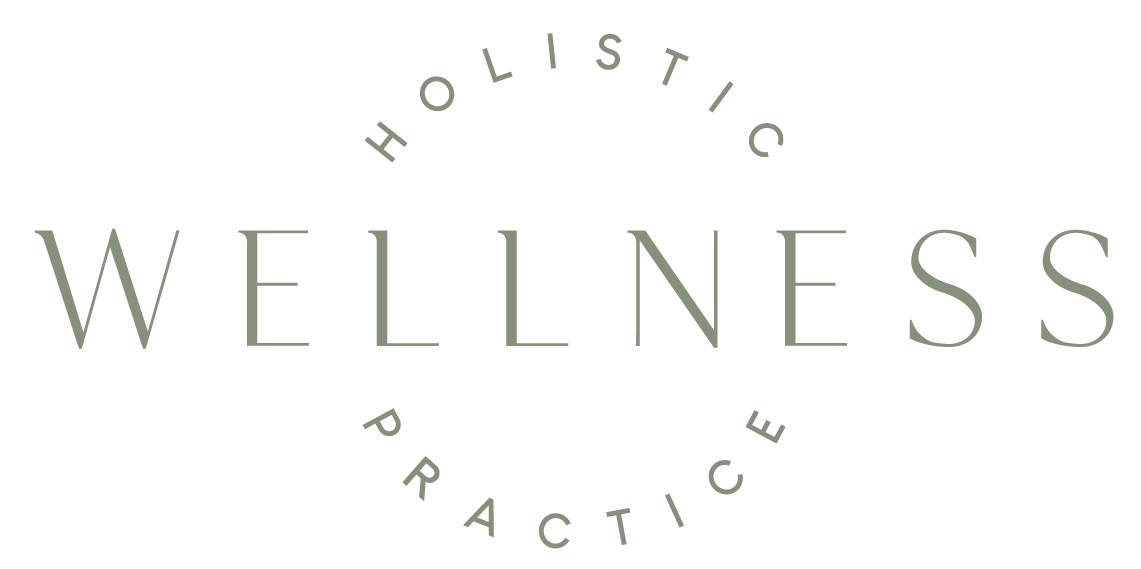Do you pause before you speak, respond, or make a choice?
This pause is where maturity and wisdom lie.
Pausing makes guilt and shame disappear right before your eyes.
If you’re not sure if you do or if you don’t know how to let’s first take a look at the difference between reacting and responding. Then, we’ll take a look at why taking this tiny time-out can be the best thing you can do for your relationships. Lastly, we’ll discuss lots of different ways you can learn to pause.
Reactions
In the moment, we feel justified to feel what we’re feeling and so we say that thing, react in that way, or make that choice because of that intense feeling of justification.
When we react to those intense feelings (that usually go as quickly as they came!), we have to pay the consequence. Sometimes it’s a friendship, a job, a relationship, and sometimes it’s just internal warfare with ourselves and it erodes our fragile self-esteem and peace.
In the book, “Unglued,” by Lysa Terkeurst, she discusses two types of people with regard to how they react. First, we have the “stuffers.” They react by building walls to protect themselves or they collect retaliation rocks to hurl at you all at once when they’ve had enough. You don’t automatically think of stuffers as reactors, but they definitely are. A common example of a stuffer would be to say “everything’s fine” when everything is definitely not fine.
Then, you have the “exploders.” Terkeurst identifies two kinds of exploders- the ones who explode then shame themselves and the ones who explode then blame others for causing the explosion. Snapping, raising your voice, yelling, sarcasm, pointing the finger, flying off the handle, not accepting responsibility, and spewing harsh words are all examples of exploders.
The worst part about identifying yourself as one of these- either a stuffer or exploder- is that you can be all of them depending on who you’re reacting to, what kind of relationship you have with them, where and what the circumstance is, and what kind of mood you’re in.
As you can see, reactions are instantaneous and on some level, merely a defense mechanism. It might turn out okay but often a reaction is something you will regret later. A response usually comes more slowly, hence the need for a pause. It’s based on information from both the conscious and unconscious mind. Let’s dive a little deeper into responses and why it’s best to pause first.
Pausing
Taking the time to pause is a precious thing. Time seems to dilute the justification of your feelings you tend to feel right when something happens. Not only does time help to de-escalate your emotions, but it creates the space to breathe, gain perspective, and practice self-control, among other things. Let your feelings indicate that something is happening, but take the time to pause so that you won’t let those feelings dictate how you choose to respond.
You’ve got to become mindful that you do not have to react immediately. You are allowed to take some time to process, think, and choose how to proceed. This will allow you to respond from a rational, wise space rather than a fear-driven emotional space.
Practice
Practice building this muscle, this habit, this pause until it’s almost automatic for you. You’ll find that your relationships are stronger, safer, and more lasting when you choose to pause. And most importantly, you’ll find a sense of self-worth, gratitude, and inner calm that you never thought possible.
And if you forget to pause, don’t worry. Acknowledge or apologize if you need to and try again next time.
In case you don’t know where to start, here are some ways to practice building that muscle!
1. Learn Your Triggers
What makes you mad? What causes you to want to knee-jerk react, stuff, or explode? Know what these are. Learn what triggers you and prepare yourself to be triggered. Plan ahead for what you’ll do when you get triggered. Accept the fact that you do have a trigger and you will be triggered again.
2. Learn Your Truths
If you are confident in your worth, it helps to diffuse your emotions more quickly. Attaching negative labels to yourself will surely make you more sensitive, more insecure, and more likely to react. When you have positive self-regard, your ego won’t become so involved in the conflict. Here are a few truths to get you started:
– I can choose to let this go.
– I can forgive and be forgiven.
– I do not have to react to this right here, right now.
– I am whole, worthy, and enough- just as I am.
– I choose my thoughts and emotions.
3. Identify Some Safe Places
The bathroom. There’s always a bathroom to go to. Pause there until you cool down.
A bedroom, a closet, a car, a porch- think ahead about where you can go when you need to pause. Have a plan in place. In high-triggered places, have a friend on stand-by to be there in case you need to call/text them for perspective, truth, and support. It helps to emotionally know that someone is there if you need them.
4. Memorize Scripture or Affirmations
If you are a Jesus follower, open up your Bible and become renewed, inspired, and encouraged. Here’s some to get you started:
There are also some great affirmations out there, too. Affirmations are just positive statements that can help you to challenge and overcome negative thoughts. When you repeat them regularly and believe them, you can start to make positive changes, like responding rather than reacting. Here are a few to help you de-escalate, breathe, and calm yourself:
-
This too shall pass.
-
Comparison is the thief of joy.
-
Everything will be fine.
-
If nothing changes, nothing changes.
-
My self-value comes from within.
-
Where do I want this conversation/relationship to go?
-
It’s better to make a difference than make a point.
-
There’s no one right way to do/say something.
-
Emotions can deceive me and cannot be trusted.
5. Know Your Job
It’s not your job to fix people. I repeat: It is not your job to fix your family, your friends, that driver, or a coworker. You do you. Let others do themselves. Shift your focus from trying to fix a person or the situation and instead ask yourself who you want to be in this situation. Humble yourself. Trust that no one wants to be a bad person. Give someone the benefit of the doubt.
6. Learn Common Distortions
David Burns, a well-known cognitive-behavioral psychologist, identifies 10 common patterns of distortion that people use on a regular basis.
They are:
- All-or-nothing thinking
- Overgeneralization
- Mental filter
- Discounting the positives
- Jumping to conclusions
- Magnification or minimization
- Emotional reasoning
- Should statements
- Labeling
- Blame
If you suspect you may be using one (or several) of these, learn more about what they are and how to untwist these patterns of thinking.
7. Journal
Journaling can help you to process different situations. As you prepare for an interaction with someone, or to walk through something that has happened, journaling can be very informative. It can help to discover or clarify an underlying issue, dive into a specific part of the problem, what you did right that you’d love to do again in the future, and what you might want to do differently next time.
8. Learn Boundaries
Boundaries aren’t barriers or walls. Boundaries help you to build a relationship, not limit it. They help us to have healthy relationships rather than prevent a relationship from moving forward. Barriers, on the other hand, are built out of fear, fatigue, or that the person just isn’t worth the effort. They create a destructive pattern that impacts not just that person, but yourself. They shut down communication and create labels. You use these labels as a filter by which you see them. How does it feel to be labeled? Not good and it’s not fair to you or the other person.
9. Ask Yourself Some Questions
-
“Will I still remember why I’m mad a month from now?”
-
“Am I trying to prove I’m right?”
-
“What do I want in this situation?”
-
“If this is the worst thing to happen to me today, is it so bad?”
-
“Is my thinking being distorted right now, and if so, how can I untwist it to be more truthful?”
-
“Are my expectations of others getting in the way or am I clinging to what I think is a personal right?”
10. Let Go
Stop trying to control other people, clinging to the past, or refusing to forgive. It only hurts you. Realize that your happiness is more important than being right. Let it go and let yourself feel freedom and joy. In the end, clinging to something just saps you of your strength and worth.
11. Breathe
Take a deep breath. The gift of deep breathing is the equivalent to giving yourself a big bear hug. Doesn’t that sound good? When you exchange shallow breaths with deep belly breaths, it physically relaxes your body, therefore lowering your emotions and the need to react.
12. Have an Attitude of Gratitude
When we feel grateful, give thanks, and open our eyes to our many blessings, we aren’t so mad, volatile, and on edge. A full heart leads to calmer, more secure emotions. Keep an ongoing list of things you’re grateful for accessible so that you can easily access it in a moment of intense feelings.
You can learn to respond rather than react. You can have healthier, closer relationships. You can walk away from a situation feeling good, rather than feeling guilt.
Kristi Schwegman is a psychotherapist specializing in helping couples develop healthy relationships, whether dating, engaged, or married. She also draws from her Christian-based approach to lead individuals in becoming aware of the limiting beliefs that can get them stuck.
We offer in-person and virtual services – contact us today to learn more!







